Coin Collecting 401 - Counterfeit & Altered Coins
Being able to identify counterfeit and altered coins can save you hundreds, if not thousands, of dollars if you know how to do it well.
It is believed that the first coins were minted around 500 BC in the area known as Asia Minor. Regardless of when the first coins were made, I am sure the first counterfeit coins were made several days later. Counterfeit coins have been a problem for any country that has ever issued coins.
Coin collectors, conversely, also have to be aware of counterfeit coins. While sovereign countries are concerned with the economic damage due to counterfeit money, coin collectors are concerned with getting ripped off by purchasing fake or altered coins. Nothing is more disappointing to a coin collector than when they go to sell their prized possession and it is rejected by one of the grading services as counterfeit.
Counterfeit Vs. Altered Coins
You need to understand three different areas of fakes, forgeries, and fraudulent coins. The first area is contemporary counterfeits. Contemporary counterfeits are fake coins made at the same time their genuine counterparts are currently being minted. An example is the Henning Nickel that Mr. Francis LeRoy Henning produced in the mid-1950s, while the United States Mint was still minting the Jefferson nickel.
Modern counterfeits are fake classic coins that are made by using current industrial processes. An example of this is an 1893-S Morgan dollar currently being counterfeited in China. In fact, modern counterfeit coins produced in China are one of the biggest concerns that coin dealers and numismatists believe are threatening our hobby.
Finally, altered coins are another area of fakes and forgeries you need to know about. Where counterfeit coins are produced by forging the entire coin, an altered coin uses a genuine coin that is altered in some way to create a scarce or rare coin. An example of this would be removing the "D" mintmark from a genuine 1922-D Lincoln Cent to yield the rare "1922 No D" variety of Lincoln cents.
The Economics of Forgeries
Regardless of the type of counterfeit or altered coin being discussed, the counterfeiter or forger is driven by economic profit. Contemporary counterfeiters such as Henning produced over 100,000 counterfeit Jefferson Nickels (Today: over $55,000 when considering inflation). He was an engineer by trade and could take less than a penny's worth of raw material and turn it into five cents. That's a 500% profit margin for his efforts. Unfortunately, he had several years in prison to think about his misdeeds.
Modern counterfeiters also turn a low-cost raw material into a valuable collectible coin. One of the largest producers of counterfeit coins are factories in China. They will take approximately twenty dollars' worth of silver and strike it with fake 1893-S Morgan dollar dies. This, in effect, turns twenty dollars into over $300,000.
Knowledge Is Power
In order to detect counterfeit or altered coins, you must become familiar with three different areas of knowledge:
1. Manufacturing Process of Genuine Coins
Throughout history, the minting process of coins has evolved. Ancient coins were struck by hand using a large hammer and a lump of metal. This led to a dramatic difference in each coin struck. As technology advanced, dies were still carved by hand. However, coins were produced on machines that were struck with relatively consistent pressure. Finally, modern coins are designed and manufactured using computer-aided manufacturing processes. This yields highly identical coins, which are very difficult to counterfeit.
2. Characteristics of Genuine Coins
In order to tell a fake coin from a genuine coin, you first must learn what the real coin looks like. Characteristics include sharp details, consistent lettering, and consistent weight/diameter. This also depends upon when the coin was made. When the United States Mint started producing coins, each die was engraved by hand. Although the designs looked identical, upon close inspection, you will see differences between coins struck on one set of dies versus another set of dies.
3. Diagnostic Information
Finally, there has been research done that has yielded diagnostic information which will help you tell genuine coins from counterfeit coins. However, as counterfeiters acquire more modern minting processes, they will be able to produce better quality counterfeit coins, making them hard to identify as counterfeit.
Top 10 Counterfeit Coins
According to the Numismatic Guaranty Company's website, here are the top ten counterfeit coins that they have encountered:
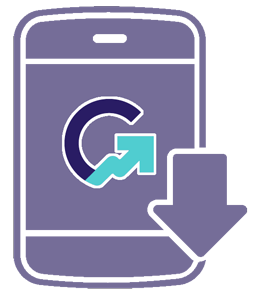
Download the Greysheet app for access to pricing, news, events and your subscriptions.
Subscribe Now.

Subscribe to RQ Red Book Quarterly for the industry's most respected pricing and to read more articles just like this.
Author: James M Bucki
Related Stories (powered by Greysheet News)
View all news
A die variety occurs when there is an intentional or unintentional change or variation to the design on the coin die.
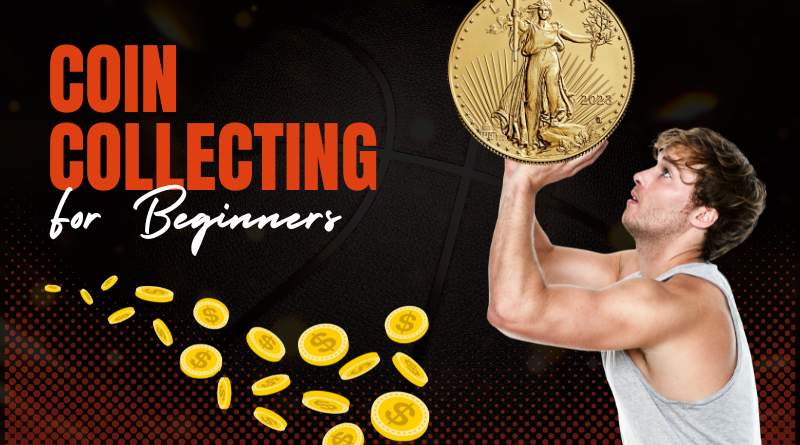
There are many reasons people start collecting coins: for fun, profit, even investment. It's best to learn the basics before you jump in too quickly.
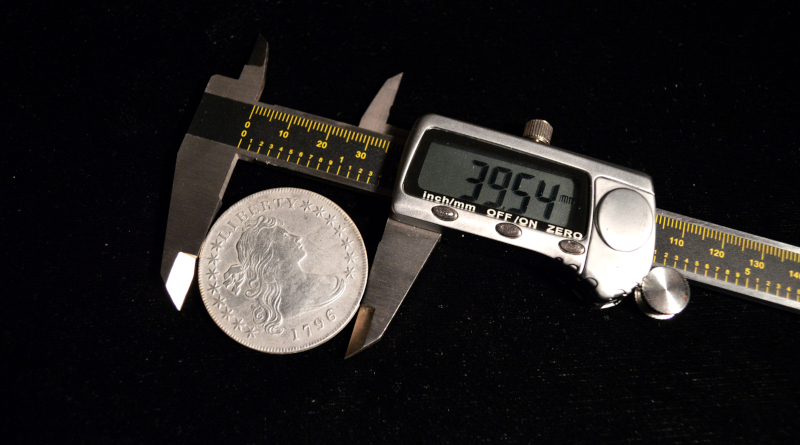
Detecting counterfeit coins is a science that requires skill and experience to perfect.


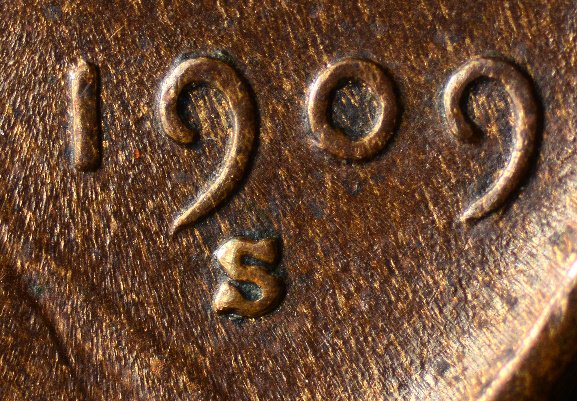




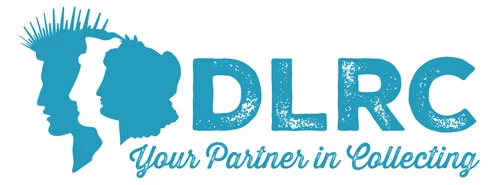

Please sign in or register to leave a comment.
Your identity will be restricted to first name/last initial, or a user ID you create.
Comment
Comments